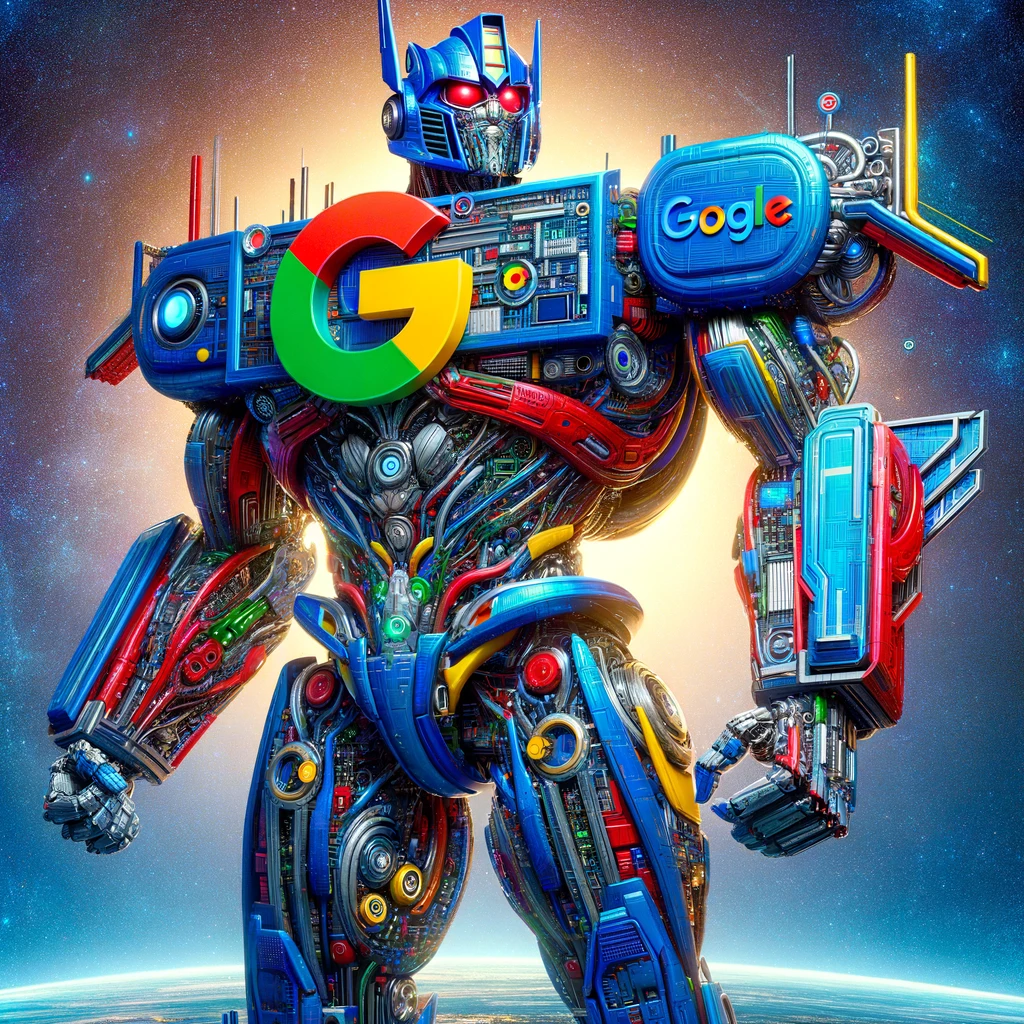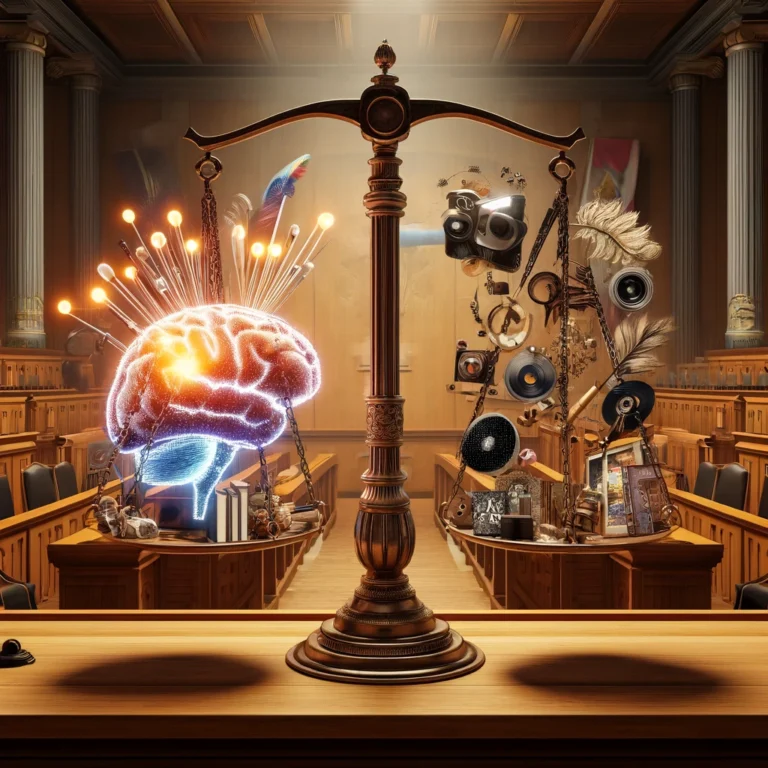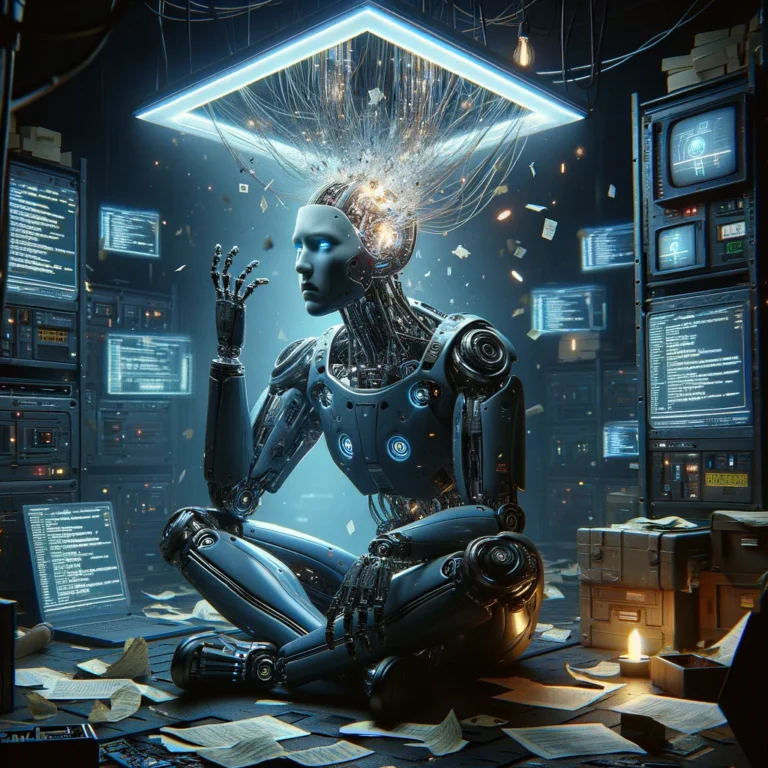In the expansive field of artificial intelligence, seminal papers are not uncommon, but few have been as transformative as the 2017 paper titled “Attention Is All You Need.” Authored by a group of eight Google researchers, this paper introduced the concept of transformers, an AI architecture which has not only become the backbone of modern AI but has also fueled the engines of groundbreaking products such as ChatGPT, Dall-E, and Midjourney.
As we approach the seventh anniversary of the “Attention” paper, it has attained a near-mythical status within the community. The tale of how the authors chose to list their names randomly, with an asterisk marking each as an “equal contributor,” is now part of AI lore. It symbolizes the collective genius and collaboration that led to a revolution in machine learning.
Leading minds in the AI community, like Geoffrey Hinton, readily acknowledge the indispensability of transformers in getting us to this era of astonishing AI capabilities. In a testament to the paper’s impact, all eight authors have continued to make waves in the industry post-Google, leveraging the very principles they helped establish.
The origins of transformers can be traced back to one of these authors, Jakob Uszkoreit, who interestingly enough descended from a lineage of linguists. His father, Hans Uszkoreit, was a recognized figure in computational linguistics. Jakob’s early work at Google was sparked by new attention to recurrent neural networks, which, although cutting-edge, faced limitations in handling lengthy text sequences. Addressing these weaknesses led Uszkoreit to ideate on self-attention mechanisms, which would allow a system to reference different parts of a passage collectively, offering a more contextually aware translation.
Despite skepticism and resistance, including from his own father, Uszkoreit persisted. Bringing on board Illia Polosukhin and Ashish Vaswani, both of whom were facing challenges in their projects that could potentially be addressed by self-attention, the trio began to coalesce around this novel idea. They adopted the name “transformers,” harkening both to the AI’s ability to transform information and to the nostalgic toys of Uszkoreit’s childhood.
As more team members joined, including Niki Parmar, Llion Jones, and the rest of the “Transformer Eight,” experiments with transformers in language translation started to show promising results. The clincher came with Noam Shazeer’s contribution of “magic” tweaks to the model, leading to breakthrough performance in English-to-German translation tasks.
In a whirlwind push to meet the Neural Information Processing Systems conference deadline, the team cemented their work with a title inspired by The Beatles – “Attention Is All You Need.” Ironically, the mundane process of refining and debugging their model became history in its own right as they decimated existing translation benchmarks.
The groundbreaking nature of the paper was not immediately grasped within Google or by its competitors. The subsequent narrative split into two – on one side, Google slowly began integrating transformers into its systems, while on the other, OpenAI, seizing the concept with vigor, accelerated the development of foundational models like the GPT series, propelling themselves atop the AI leadership mantle.
The reverberations of this move are evident, with all eight authors leaving Google to start their ventures, each catapulting transformer technology into new heights across industries – from blockchain to biotech.
As these researchers spread out to drive forward their respective AI-powered companies, Google’s role as the incubator for this transformative idea endures. Yet, there is an acknowledgment that the corporate giant could have perhaps moved swifter to capitalize on its own invention.
Google, aware of its loss, still prides itself on fostering an environment conducive to radical ideas – reflected in its diverse set of employees spearheading innovation. Despite the fascinating divergence of paths, the unified legacy of the “Transformer Eight” remains – a paper that didn’t just propose an idea but sparked an entire revolution in how machines understand and generate human language.
The story of transformers illustrates a culmination of right conditions and timing overlaid with a strong dose of enthusiasm and cooperation – blending to manifest what can only be described as a sprinkle of magic in the world of AI.





